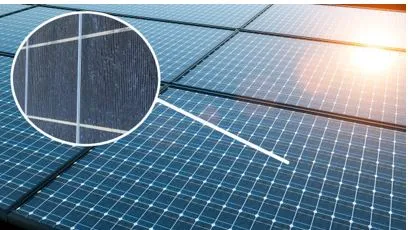

21st April 2025 (15 Topics)
Context
A new environmentally friendly method to recycle perovskite solar cells has been developed by scientists. Instead of using toxic organic solvents, which are harmful to both humans and the environment, they have now created a water-based method to recover and reuse the valuable components of these cells, especially lead-containing perovskites.
What is the New Breakthrough?
- Scientists have developed a water-based recycling method for perovskite solar cells that:
- Avoids toxic solvents
- Recovers high-quality perovskite crystals
- Allows reusing other layers like electrodes and glass sheets
- The solar cell has multiple layers — the perovskite material, electrodes (often metal), and protective layers like glass. The recycling method focuses on recovering each layer, especially the lead-based perovskite layer, in an eco-friendly way.
- Recycling Chemistry: To recover the perovskite layer using water, researchers added:
- Sodium Acetate – Helps bind lead into a water-soluble form (lead acetate).
- Sodium Iodide – Helps rebuild the perovskite structure by providing iodide ions.
- Hypophosphorous Acid – Stabilizes the water solution, so it can be reused and ensures high-quality crystal formation.
- Using this process, they were able to regenerate high-purity perovskite crystals and rebuild the solar cell, which still worked with nearly the same efficiency as new cells — even after five recycling cycles.
- This new method aligns with the idea of a circular economy:
- India is aiming for 500 GW of renewable energy capacity by 2030. Perovskite solar technology, especially if made greener and cheaper, can play a big role.

What are Perovskite Solar Cells?
|
More Articles


